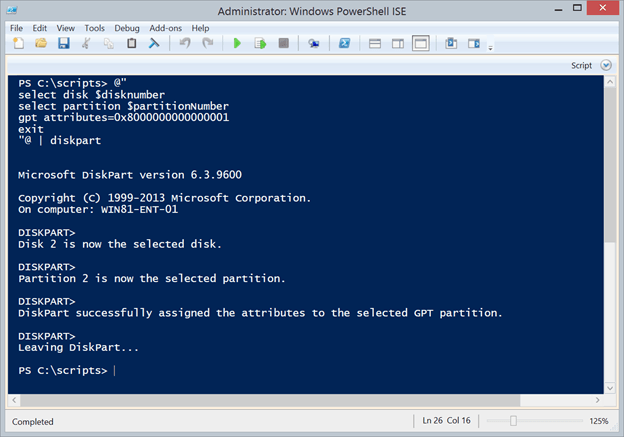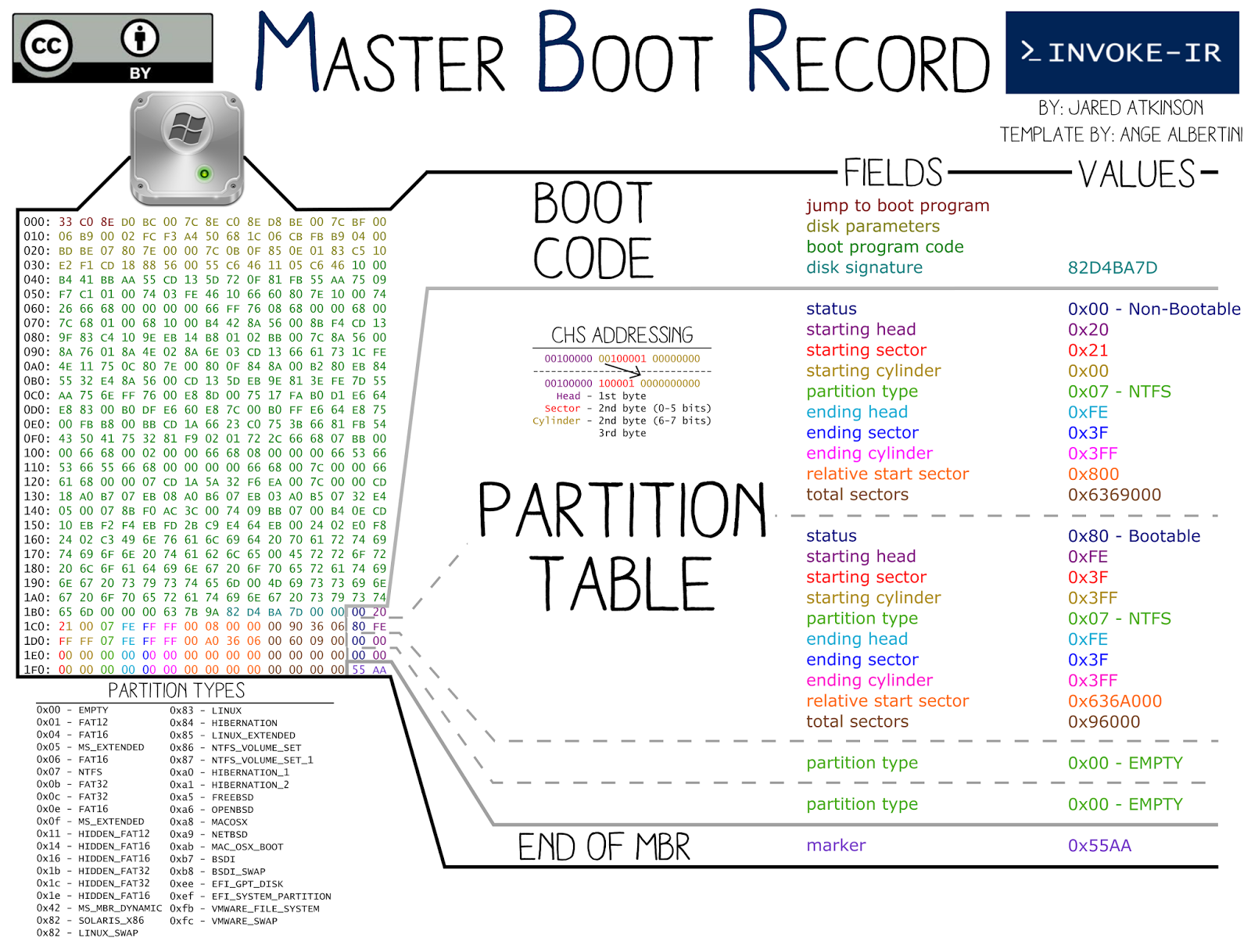

- #Create boot partition from windows 10 powershell how to
- #Create boot partition from windows 10 powershell install
- #Create boot partition from windows 10 powershell code
- #Create boot partition from windows 10 powershell plus
How to convert MBR to GPT/GPT to MBR without data loss?Īfter knowing how to check MBR or GPT and learning their differences, you might be unsatisfied with the current partition style and want to convert it to MBR or GPT. All Windows versions, both 32-bit and 64-bit are compatible with MBR in data and system compatibility.Īll in all, the GPT is a relatively newer partition style, more robust and flexible than the traditional MBR partition style, but it is less compatible with the operating system than MBR. All versions of Windows 10, 8, 7, and Vista can read GPT disks and use them for data, but they cannot boot from GPT disks without UEFI.
#Create boot partition from windows 10 powershell install
That's why sometimes you meet the error message "The selected disk has an MBR partition table" or "The selected disk is of the GPT partition style" when installing Windows.Ĥ. OS Compatibility: Only 64-bit versions of Windows 10, 8, 7, Vista, and corresponding server versions can install and boot from GPT on UEFI-based computers.

The Windows implementation restricts this to 128 partitions.ģ. Boot Mode: MBR matches with Legacy BIOS boot mode while the GPT should be with UEFI boot mode. The GPT disk can allow for an almost unlimited number of partitions.
#Create boot partition from windows 10 powershell plus
Prior to telling which one is better, it is necessary to learn their major differences from the following aspects.ġ. Maximum Disk Size: MBR can only support a 2TB disk at most while the GPT disk can be as larger as 18EB, and its size limits depend on the operating system and its file systems.Ģ. Maximum Partition Number: MBR disk can only contain 4 primary partitions, or 3 primary partitions plus one extended partition where you can create unlimited logical drives. Right-click the target disk and select "Properties", go to the "Volumes" and you will find out the partition style. Right-click "This PC/My Computer", choose "Manage", in the pop-out Computer Management console, click the "Storage" > "Disk Management". Alternatively, it is easy to use the GUI Disk Management to determine if the disk is of MBR or GPT. The above two methods show how to check MBR or GPT via executing some commands. Under the "Partition Style" column, you can see if the drive is using MBR or GPT partition scheme. Click Start, type "PowerShell", and then click "Windows PowerShell". Type the "Get-Disk" commands and press Enter. If there is the asterisk character (*), then the drive is using the GPT scheme, otherwise, it is of MBR.īesides, you can also use a PowerShell command to check which partition style the disk is using now. To check their partition styles (MBR or GPT), you just need to see whether there is an asterisk character (*) under the "Gpt" column. Then you will see all the disks on your computer. In the pop-out window, type "list disk" and press Enter. Press "Win+R" combination, input "diskpart" in the Run dialogue, and hit on "Enter". Check MBR or GPT via Disk Managementįirst of all, you can check the partition style using Command Prompt. However, how do you know whether your disk is MBR or GPT partition style in Windows 11/10/8/7? There are 3 ways you can try. And the official announcement of Microsoft shows that upgrading from Windows 10 to Windows 11 requires the UEFI boot. Windows uses the partition style to understand how to access the data on the disk. If the disk is MBR, the returned partition type will be 0x27, and if it's a GPT drive the partition type will be the guid: de94bba4-06d1-4d40-a16a-bfd50179d6ac.MBR (short for Master Boot Record) and GPT (GUID Partition Table) are two different types of partition styles. The structure you get back varies with whether the disk is GPT or MBR format. If you're not using C or some language that defines unions, this is a pain.
#Create boot partition from windows 10 powershell code
It's an obnoxiously complicated api to call.but for what it's worth, it's DeviceIOControl with the control code of IOCTL_DISK_GET_PARTITION_INFO_EX. Windows RE location: \\?\GLOBALROOT\device\harddisk0\partition4\Recovery\WindowsREīoot Configuration Data (BCD) identifier: 496c58c4-71cb-11e9-af8f-001c42903d2eĪlso, if you're writing code to do the work, you can discover the recovery partition by calling a winapi function to do the work. will produce some output like: Windows RE status: Enabled There's a command line tool called ReagentC, and it's in the path, so you can call it from any administrative command prompt.


 0 kommentar(er)
0 kommentar(er)
